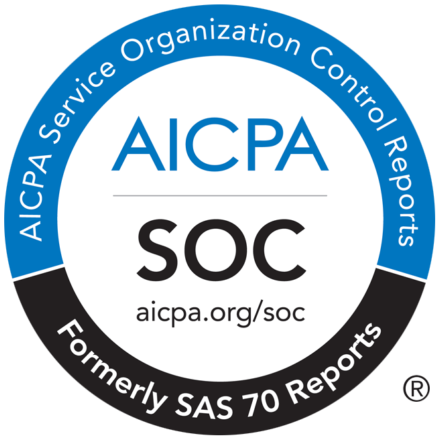Do you utilize ChatGPT, GitHub Copilot, or another AI generator for your business? Or maybe you use Bard or GrammarlyGO for school assignments. Regardless of how you utilize AI, what matters is what you do and don’t do.
There’s no arguing that AI models are powerful tools that, when adopted responsibly, can help streamline workloads, optimize time in the classroom, and more. But there’s still a need to stay fully aware of the limitations of AI models such as ChatGPT and Bard.
For example, GitHub has acknowledged that its generated code from Copilot can include publicly available code under a copyleft license. This can cause a developer’s entire generated code to be open-source, even if that code is proprietary. No one probably understands the risk of mixing AI models and source code more than Samsung. Furthermore, numerous copyright lawsuits have been brought against OpenAI, stating that they trained ChatGPT on copyrighted content without permission.
That’s why we’ve compiled a quick “Do’s and Don’ts” list to help you get the most out of GenAI without being blindsided by its limitations and potential risks.
The Copyleaks Do’s and Don’ts of GenAI
1. DO understand the limitations of AI.
While AI models are impressive in their capabilities, it’s important to remember that they are only as good as the data they were trained on, meaning they can often struggle to capture human-like creativity and nuance with text. Furthermore, some AI models’ knowledge is often limited and has specific cut-off dates, meaning the information they contain may not be the most current. For example, OpenAI states GPT-4 “generally lacks knowledge of events that have occurred after the vast majority of its data cut off (September 2021) and does not learn.” Therefore, it’s essential to understand the limitations of AI. For starters, never underestimate the importance of keeping the human touch within your work because, as smart as AI might seem, it can’t capture what makes human-written work unique.
2. DON’T assume AI is always right.
AI has no sense of bias or awareness of correct or incorrect facts. Therefore, it is vital to proofread any AI-generated content and verify all facts before publicly releasing anything. Furthermore, proofreading ensures no biases are expressed within the content that does not align with the intended message.
3. DO keep the human touch.
We’ve said it before and will say it again: AI models should be utilized only as tools as part of a process; the human touch will always be needed. For example, using an AI model to help write your resume, generate source code, or a data report should only be a launching point. The final product should still be from you, displaying human authenticity and originality, not AI.
4. DON’T ignore the potential risk of AI.
GenAI models are trained on vast amounts of data from a multitude of sources, meaning there is always a risk that AI-generated content can contain plagiarized text. A recent analysis from Copyleaks found that nearly 60% of text generated by ChatGPT-3.5 had some form of plagiarism. That’s why it’s essential to write your work and conduct your research because the last thing anyone wants is to be accused of plagiarism because of relying wholly on AI.
5. DO set clear guidelines.
It’s important to know what you want to get out of an AI model before putting in a prompt request. AI can struggle to generate content relevant to the intended audience without guidelines and risk pulling incorrect data. So, always go into any project where you intend to utilize AI with clear guidelines and double-check any data an AI model generates.
Again, AI models offer many benefits and can be a great tool when used responsibly, But in reality, GenAI is only as smart as the content it’s trained on, and you don’t always know what’s in that content and where it comes from. That’s why it’s essential to never entirely rely on AI and why it’s even more important that the more you use AI, the more you keep the human touch.
In our next post, we will discuss the Do’s and Don’ts of utilizing AI detectors. So stay tuned!


